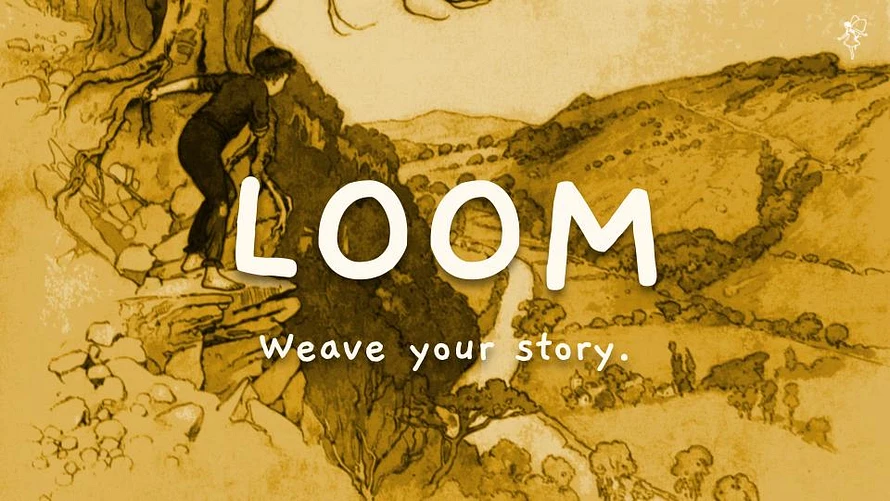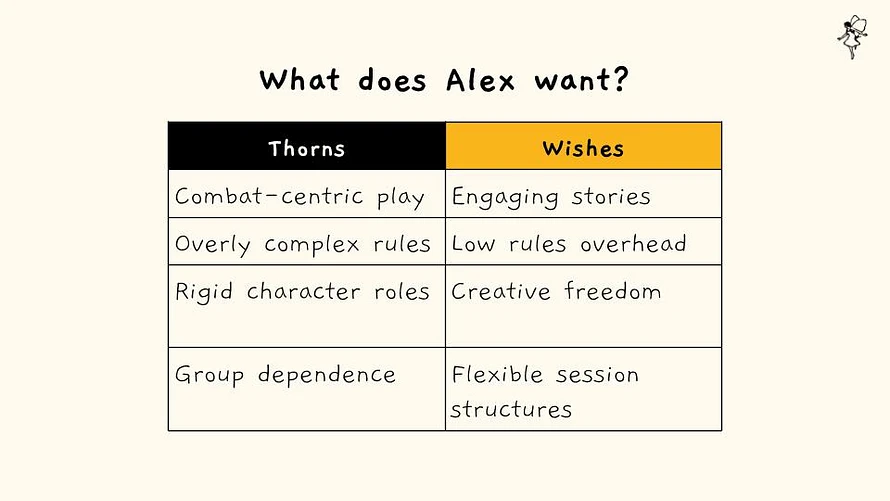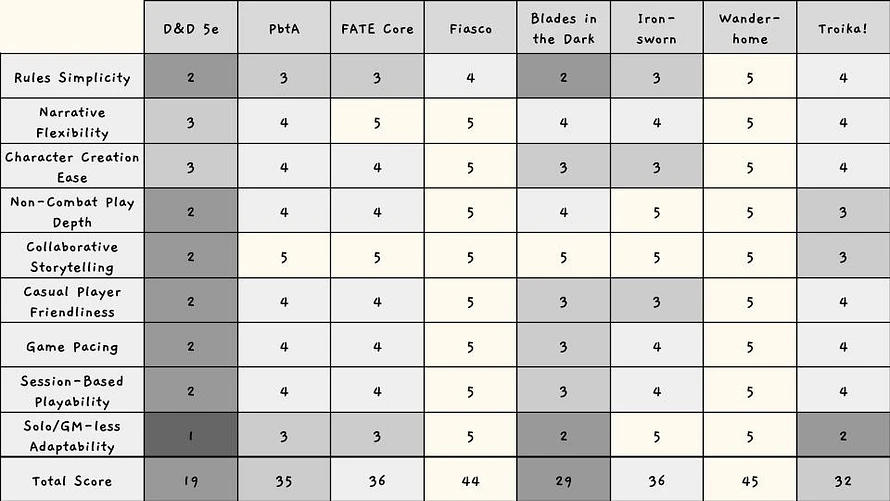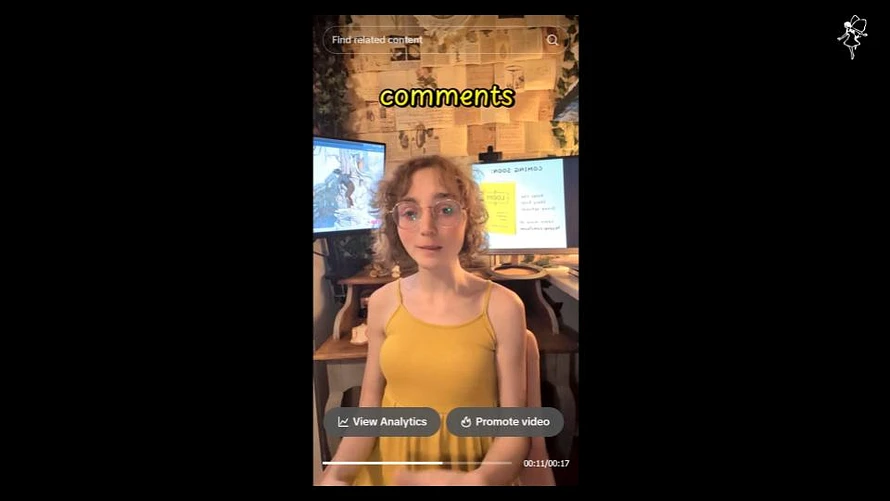LOOM: The Game That Doesn't Exist (Yet)

Overview
In Fall 2024, I conducted a user research initiative to explore an emerging opportunity in the tabletop roleplaying game (TTRPG) industry. With the launch of a disappointing new Dungeons & Dragons edition, I asked: could a smaller, story-driven game meet the unmet needs of a neglected audience segment? My research led to a validated niche, defined product values, and successful marketing tests that now shape my upcoming game, LOOM.
🧭 Problem
The tabletop RPG market is saturated, dominated by D&D. But dissatisfaction was growing—players were vocal about its shortcomings, yet solutions and preferences seemed contradictory.
Challenge:
Identify an underserved audience within the TTRPG space and determine what kind of game would truly meet their needs.
🔍 Research Process
1. Audience Segmentation

I began by investigating D&D’s own research (2024 Dungeon Master's Guide), which outlines nine player archetypes. I focused on the Storyteller—a user driven by narrative, emotional arcs, and meaning-making.
2. User Interviews & Persona Creation

I interviewed five players who fit the Storyteller profile, learning:
-
Many enjoyed mechanical systems—but only when mechanics supported narrative momentum.
-
Rules often felt intrusive or obstructive when they dictated outcomes that broke story logic.
-
The desire was not fewer rules, but empowering ones.
This led to the creation of a Storyteller persona that guided further development.
3. Comparative Product Analysis

To quantify vague labels like “story-rich” and “rules-lite,” I:
-
Collected acclaimed indie games aligned with narrativist values.
-
Broke each down into feature sets and design traits.
-
Created a framework to score games on a Story/Rules scale.
-
Returned to my users to validate criteria through feedback and ratings.
This framework became a comparative map of design patterns that resonate with narrativist players.
🧪 Prototype & Validation
4. Concept Testing via Marketing

To test demand and refine messaging, I built a fake product campaign for LOOM:
-
Designed a webpage and fake cover.
-
Created two posts for my 19k-follower TikTok audience:
-
A stylized ad (high-fantasy scrapbook visual identity)
-
A casual video discussing the game’s premise and appeal
-
This let me:
-
A/B test tone and format
-
Control for familiarity bias
-
Track signups and conversions via the webpage
5. Metrics & Results

-
📢 Ad Video: 41 likes / 763 views = 5.37% engagement
-
💬 Narrative Post: 158 likes / 1263 views = 12.5% engagement
-
🧭 Website: 4 signups / 67 views = 5.97% conversion
All exceeded benchmarks for marketing content and demonstrated strong intent among viewers.
💡 Outcome & Impact
-
Validated a strong niche in narrative-focused, emotionally resonant TTRPGs.
-
Identified core product values for the LOOM system: rules that empower story, low barriers to entry, and a welcoming tone for casual players.
-
Informed product decisions across multiple small game releases (Imagine, Sevens) and the upcoming LOOM release.
-
Aligned with real-world industry trends (e.g. Wanderhome acquisition shortly after).
🛠️ Tools & Skills Demonstrated
-
User Interviews & Persona Development
-
Competitive Analysis & Feature Mapping
-
UX Research Strategy
-
Content Testing & A/B Validation
-
Brand Framing & Messaging
-
Data-Driven Decision Making
-
Community Engagement & Signal Tracking